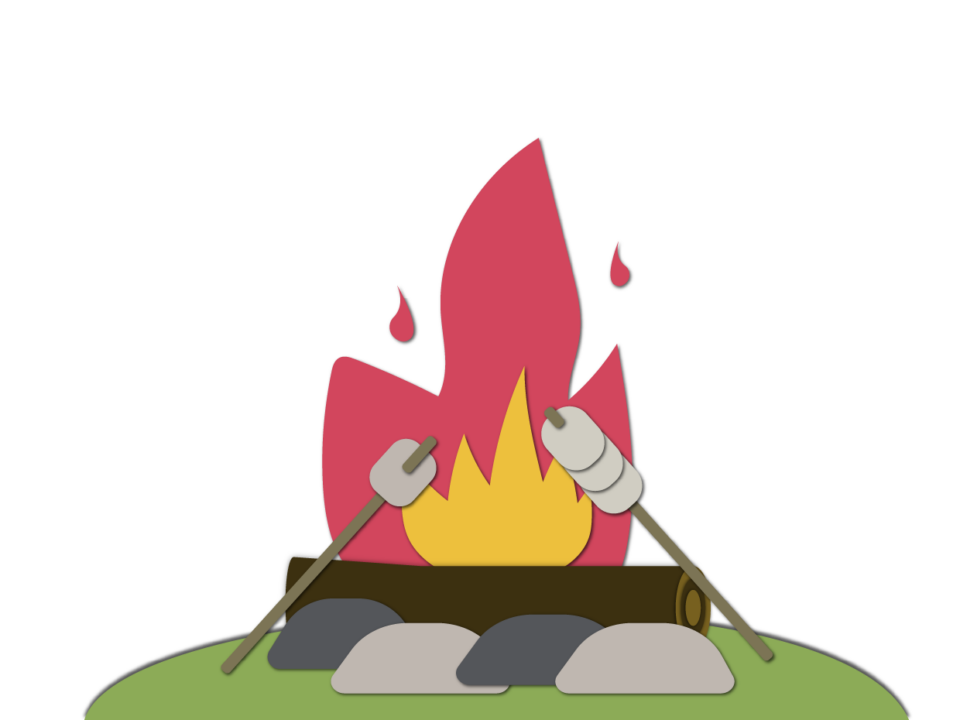On this page you’ll find
What is market volatility?
Volatility measures the degree of change in the price of an investment over a period of time. A stock price that fluctuates frequently by significant amounts is considered very volatile. It is normal for the stock market as a whole to fluctuate on a regular basis. It can go up or down.
The COVID-19 pandemic is an example of an event causing significant market volatility. When the pandemic hit, there was a sharp drop in the stock market followed by large swings in value as investors received new information.
Changes in investor beliefs can cause the value of a company to change due to the market forces of supply and demand. Prices decrease when more people want to sell a stock than buy it. When more people want to buy than sell, prices increase.
What is a bubble?
A bubble is a much more significant fluctuation. This happens when the price of a stock (or asset) escalates in value very rapidly or beyond the true value of the asset. Imagine blowing a soap bubble that grows larger and larger. Eventually it cannot grow any larger and pops instead. In market terms, a bubble burst is characterized by a sudden drop in stock prices for that part of the market.
One example is the dot-com bubble of the 1990s, when stock prices in the technology sector grew significantly. The bubble then burst in 2001 after many dot-com businesses failed to make expected profits.
Traditional economic theories cannot fully explain the movement of the stock market. Fluctuations can happen for many reasons including:
• market influenced by human factors like supply and demand
• world events like natural disasters or conflicts
• overall changes in the economy.
Behavioural biases and risks
There are three key behavioural insights that become more relevant during times of market volatility:
- Herd behaviour occurs when you do what others are doing rather than making decisions based on your own knowledge and information. Herd behaviour can lead to entire groups making irrational decisions. If you catch yourself “following the herd” and making impulsive choices during times of stress, remind yourself of your financial goals and ask whether this new decision will help you in your long-term plan.
- Affect is a decision-making shortcut in which good or bad feelings influence decision making. These are emotional, rather than logical, responses to information. This is especially relevant during times of market turbulence, which can trigger fear. This fear may cause some investors to overestimate the risk that they will lose all their money. Remember that if you have a well-diversified portfolio, you will have less risk.
- Loss Aversion shows us that people don’t feel gains and losses equally. Put simply, losing $100 hurts more than the good feeling of gaining $100. This is especially true during times of market volatility. Even if the value of your portfolio is the same before and after the period of turbulence, it will feel as though you are worse off, and can make you less likely to take risks in the future. This means you could change your investing approach in a way that may not align with your long-term investment goals.
Three key biases that become more common during market turbulence are affect, herd behaviour, and loss aversion.
Investing during a bubble
The reality is that stock prices can change due to biased or emotional decision making. Investors can be affected by the momentum around them and buy new investments as a result. Observing the volatility — especially bubbles when they happen — can also create stress for investors.
There is no single way to respond to these moments.
Three things to remember during times of market volatility:
- Stay focussed on your personal financial plan. Keep your bigger picture in mind, to resist the herd mentality that can accompany speculation that comes along with bubbles.
- Diversify your portfolio to minimize risk. There is ultimately no way to predict how the market will behave, and when. Diversification is a way to reduce risk since it is less likely that all of your investments will perform badly at the same time.
- Consult with a financial adviser. Working with an adviser can help when you need to make informed decisions about your investments, or don’t have time to actively monitor everything. This can reduce stress if monitoring investments is emotionally difficult during volatile times.
